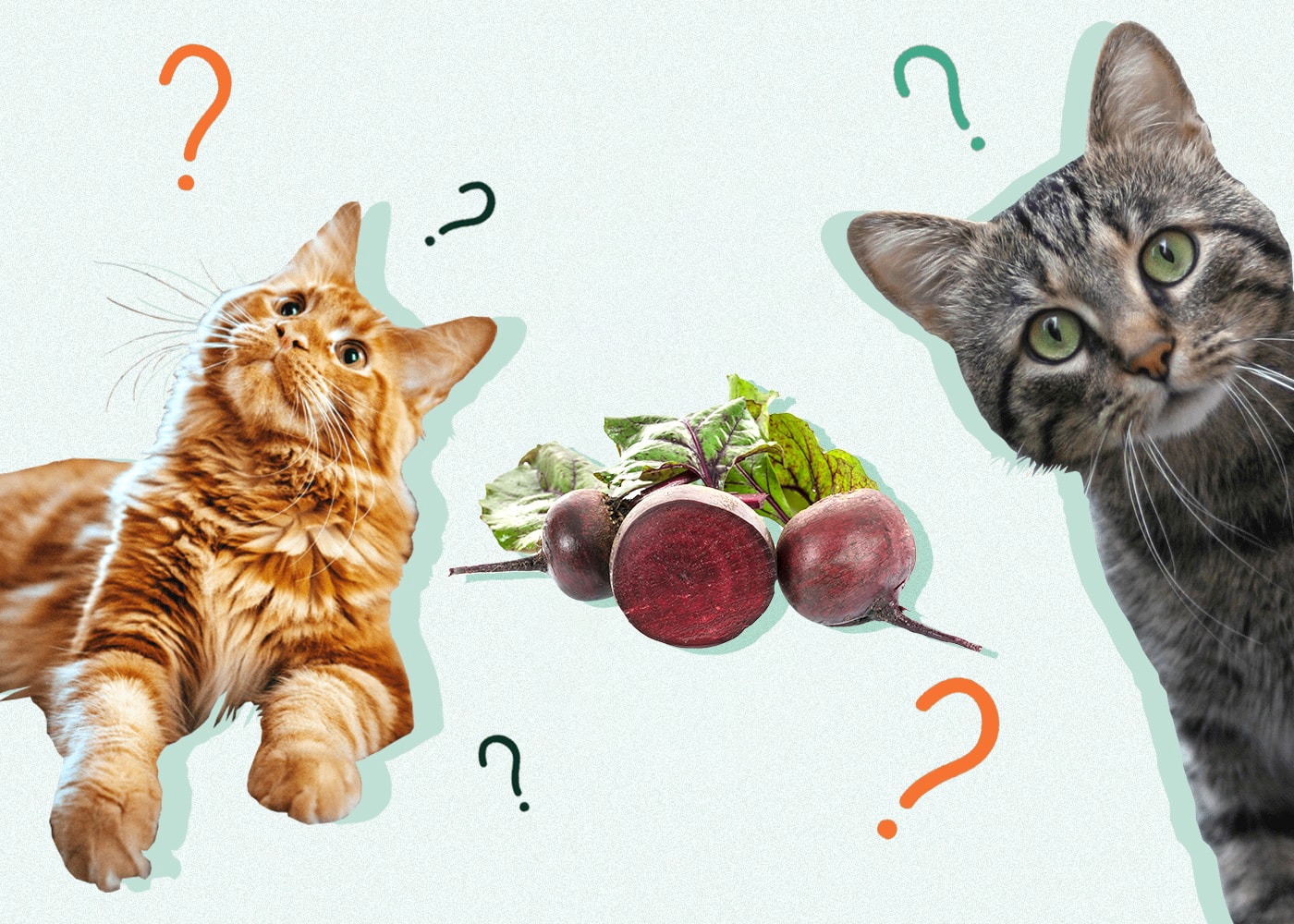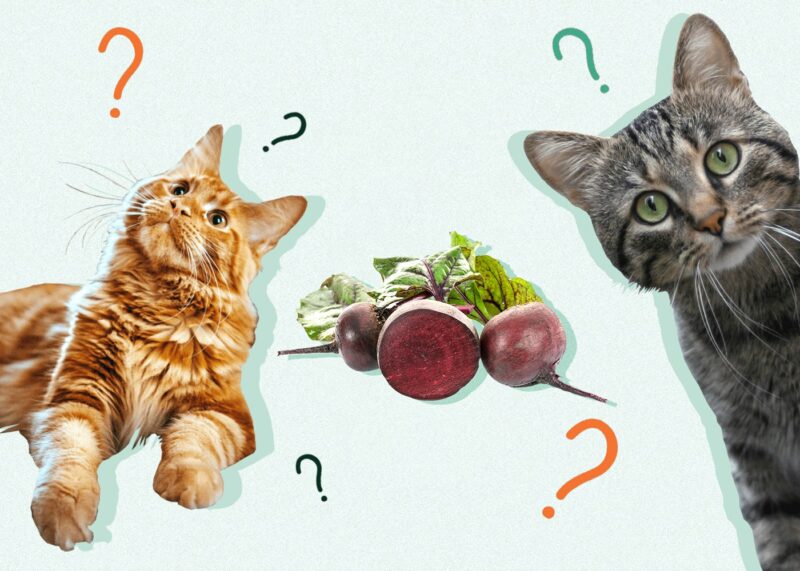Click to Skip Ahead
If you’ve been trying to find ways to add variety and interest to your cat’s diet, maybe you’ve considered adding vegetables to their diet. Beets are a popular vegetable that many of us keep in our pantries. But is this bright and nutritious vegetable something that you should be feeding to your cat, or is it best avoided?
The brief answer is that cats can eat beets, but these shouldn’t form a large part of their diet or be used to add vitamins and minerals that your cat should already be getting from their meat-based diet.

The Benefits of Beets
For humans and cats, beets have impressive health benefits. Beets are high in many beneficial vitamins and minerals and contain antioxidants.
Beets Contain Disease-Fighting Polyphenols
Beets contain a polyphenol called betalains. This water-soluble antioxidant is what gives some beetroot varieties their deep red color. It’s thought that this polyphenol contains cancer-fighting antioxidants, helps reduce blood pressure, and increases the ability of cells within the body to take up oxygen. Betalain also helps protect your cat’s cardiovascular system and boost their immune system.
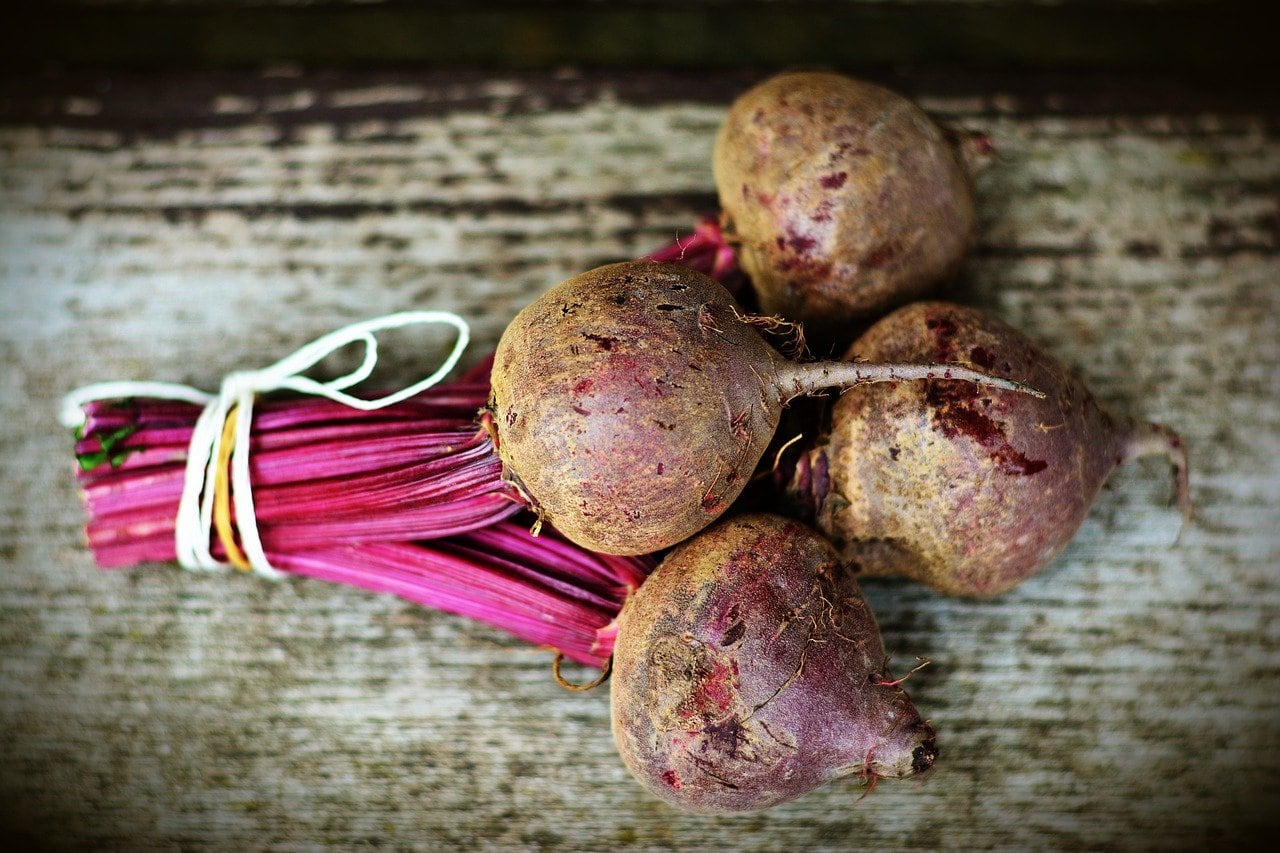
Beets Contain Moderately Fermentable Fiber
Both soluble and insoluble, these fibers can help your cat’s digestive system. While a cat is an obligate carnivore, some fiber can be beneficial. Soluble, fermentable fiber can be degraded into short-chain fatty acids, which help maintain a healthy balance of beneficial bacteria in your cat’s intestines. It also helps food stay in your cat’s digestive system for the optimal amount of time, so your cat’s body can absorb as much goodness from their food as possible.
Insoluble fiber binds to toxins, can prevent the formation of hairballs, and helps your cat feel full for longer. The fiber from beets isn’t a cheap filler but is genuinely useful for your cat’s digestive health.
How to Feed Your Cat Beets
If you have beets at home and want to try feeding them to your cat, always clear it with your vet first.
Once a beet is washed, scrubbed, and peeled, you can chop it into small pieces and cook it until soft. Add the chunks to your cat’s food, or blend them into a smooth puree and add to their food that way. You can also offer raw shredded beet to your cat.
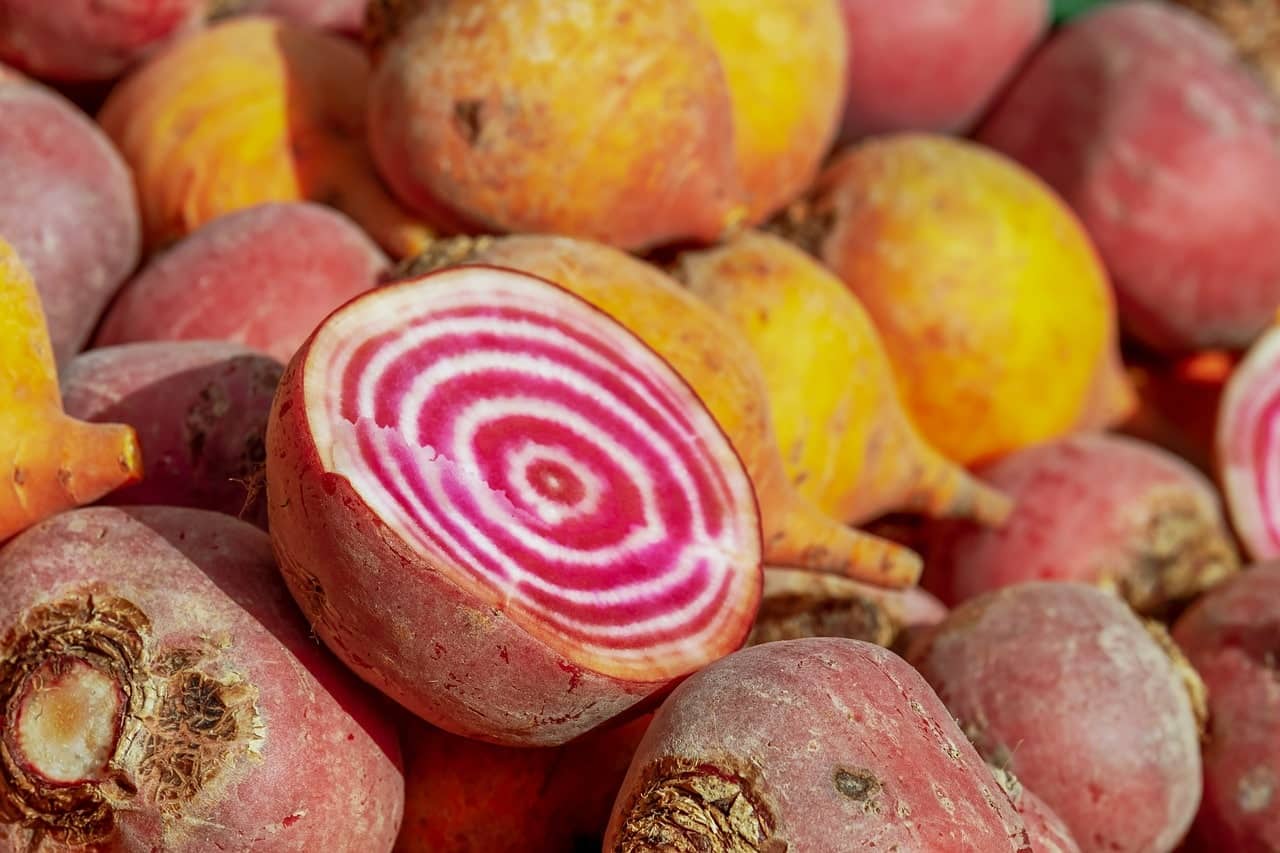
Only feed your cat a small amount to start with, and watch them closely over the following 24–48 hours. If you see any signs that they’re having an adverse reaction to the beets, don’t feed them to your cat again.
- Diarrhea
- Vomiting
- Constipation
- Lethargy
- Lack of appetite
If you see any of these signs in your cat or any other changes to their behavior that worries you, speak to your vet for advice. Some cats won’t like the taste of beets, so don’t be surprised if they turn their nose up at them. You can also try washing, chopping, and steaming the green tops that come with some beets. Be sure to wash these first.
If you like the idea of feeding your cat beets, but they’re not keen on having this vegetable added to their food, the good news is that some commercial cat foods include beet pulp in their ingredients.
What About Beet Pulp?
Beet pulp is the fibrous material from sugar beets. It’s long been used as feed for cattle and horses but can now be found in some cat food brands as well.
Some Commercial Cat Food Brands Contain Beet Pulp
If you don’t want to prepare and feed beets to your cat yourself, the good news is that you can find commercial cat foods with beet pulp already added.
Rachael Ray Nutrish Natural Real Chicken and Brown Rice Recipe Dry Cat Food has dried plain beet pulp added as a healthy source of fiber.
Crave Dry Cat Food with Chicken contains beet pulp to add fiber and help your cat’s immune system.
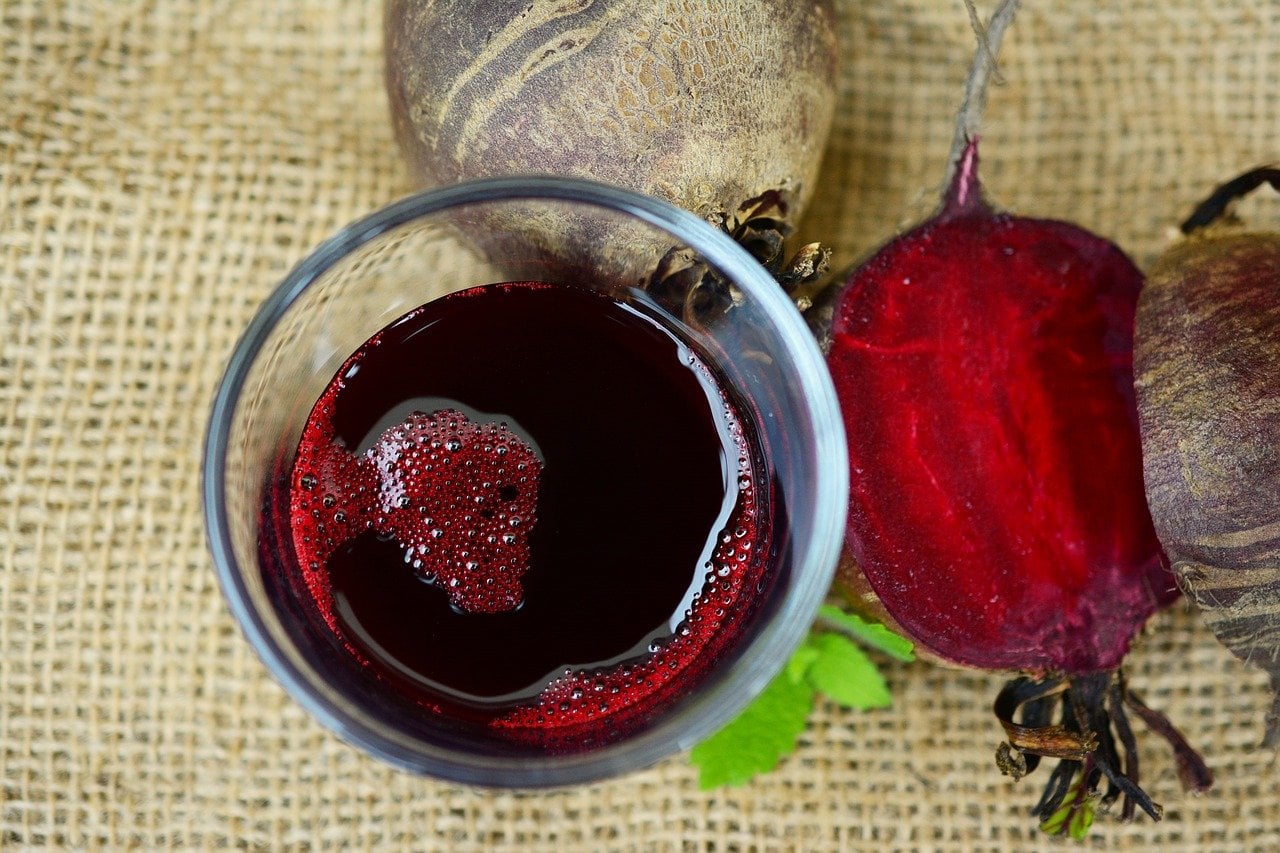
Studies Have Shown That Beets Can Help Improve Feline Digestive Health
There are not that many scientific studies looking at the effects of certain vegetables on feline health, but beets have been the subject of one!
The study carried out in 2017, looked at the effect of feeding beet pulp to cats suffering from hairballs. Increasing the amount of insoluble fiber, like that found in beets, increased fecal production and reduced the gastrointestinal transit time but failed to prevent hairball formation.
In other words, cats that had beet pulp added to their feed ended up pooping more, but it did not reduce the number or size of hairballs in their poop.
Additionally, a study published in 2000 suggests that a moderately fermentable fiber source such as beetroot is beneficial for the cat’s gastrointestinal microbiome.
Don’t Beets Contain Sugar?
Beets that you’ve prepared and cooked in your own home should only be a very occasional treat due to their sugar content. If you’re feeding a cat food with beet pulp on the ingredients list, then the sugar has been extracted already. All that’s left is the beneficial soluble and insoluble fiber that can help your cat maintain a healthy digestive system.
Conclusion
Beets have quite a few health benefits and are excellent sources of fiber. They can help add antioxidants, vitamins, and minerals to your cat’s diet and keep their digestive systems running as smoothly as possible. If you want to try adding them to your cat’s diet occasionally, go ahead!
As with any supplementary food, moderation is key. Too much of any new food can cause digestive upsets as your cat struggles to digest it. Beets also contain a moderate amount of sugar, so feeding less than a tablespoon per week is best.
Another option is to select a cat food that uses dried beet pulp as one of the ingredients. This is a healthy way of adding the benefits of beets to your cat’s diet, and they’re probably more likely to enjoy eating it that way too!
Featured Image Credit by: Pixabay

